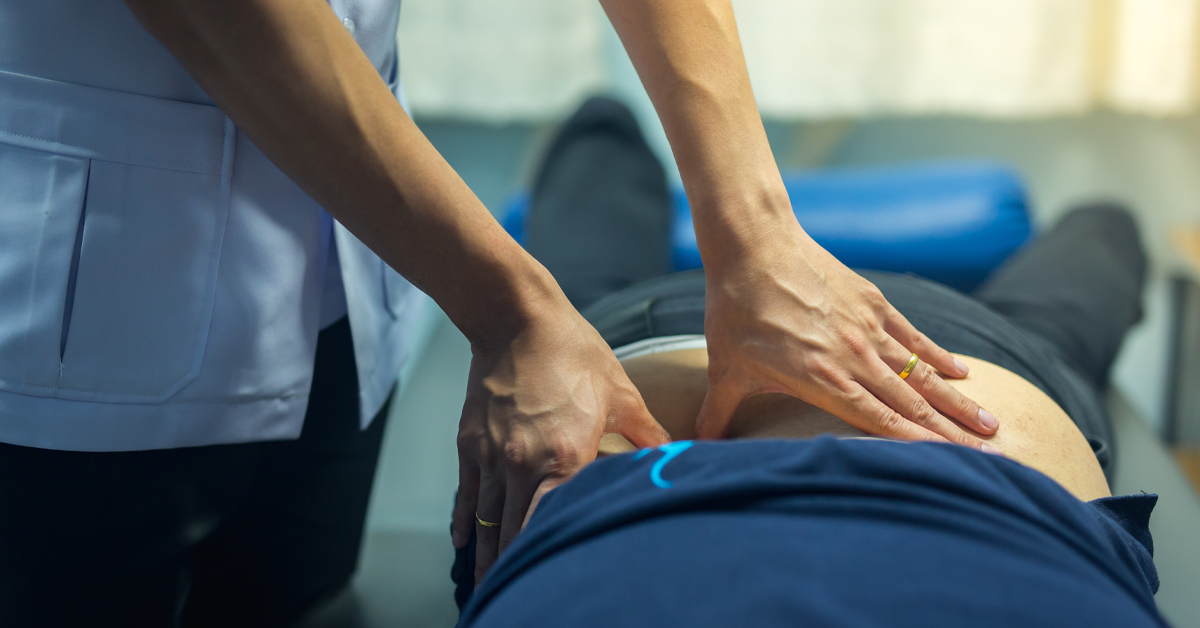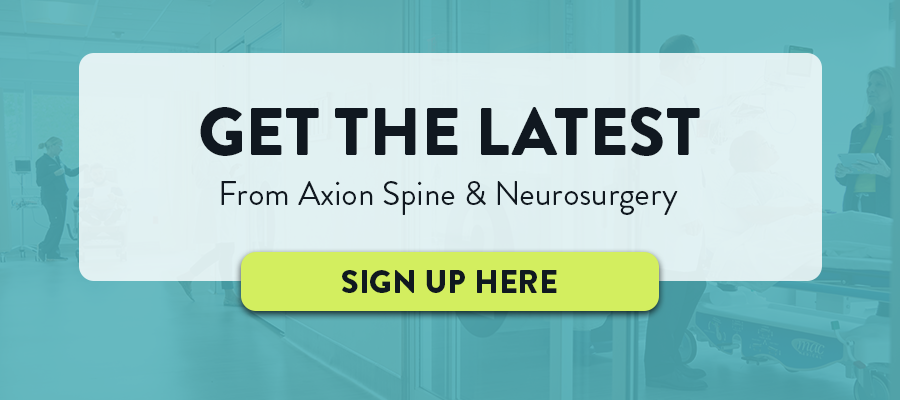12 Alternatives To Back Surgery

For many, an episode of back pain is mild and resolves itself quickly. In some cases, the pain progresses and significantly impacts a person’s ability to function. If severe back pain is reducing your mobility and negatively affecting your day-to-day life, your doctor may recommend back surgery or an alternative treatment to reduce your pain.
What is Back Surgery?
Back surgery is a major medical procedure used to treat spinal stenosis, herniated discs, and degenerative disc disease. While back surgery can be effective, it is an invasive procedure that may have side effects.
Even with successful surgery, your recovery time can be long. Depending on the type of surgery and your condition before the surgery, healing may take months.
The good news is that most bone, joint, and muscle pain may be treated non-surgically. Physical activity, lifestyle changes, and a dedicated commitment to care for one’s health are frequently beneficial ways to manage pain and improve quality of life.
If you’re looking for non-surgical methods to alleviate your back pain, here are 12 effective alternatives to back surgery.
1. Physical Therapy
Physical therapists can assess your condition and develop an individualized treatment plan that includes exercises to strengthen and stretch the muscles in the back and core. They can also provide education on proper posture and body mechanics to help prevent future injuries.
Stretching and strengthening your back and core and adopting a better posture are simple and effective methods for reducing back pain.
2. Massage Therapy
Massage therapy involves applying pressure to the muscles and soft tissues to reduce tension and improve circulation. Massage can be particularly effective for relieving chronic back pain because relaxing tense muscles alleviates cramping and soreness and increased circulation promotes healthy cells and tissue in your back.
3. Heat and Cold Therapy
Applying heat or cold to the affected area can be an excellent way to reduce pain and inflammation. Heat therapy can relax the muscles and improve circulation, while cold therapy can help lessen inflammation.
Similar to treating sore muscles after a workout, you can try heat and cold therapy with a heating pad and an ice pack in the comfort of your home.
4. Stretching and Yoga
Stretching and yoga can help to increase flexibility and reduce tension in the back muscles. These activities can also help to improve posture and decrease strain on the back.
5. Transcutaneous Electrical Nerve Stimulation
Transcutaneous electrical nerve stimulation (TENS) is a non-invasive procedure that uses electrical stimulation to relieve pain. When using a TENS machine, an electrical current is conducted through the affected area, which helps to reduce inflammation and improve circulation. Many types of TENS units can be purchased over the counter, but be sure to speak with your doctor about proper use before trying this method at home.
6. Ultrasound Therapy
Ultrasound therapy uses high-frequency sound waves to decrease pain and inflammation. This therapy can also help to increase blood flow and reduce muscle spasms. Because this type of therapy requires special equipment, you’ll need to work with a physiatrist, physical therapist, or occupational therapist to receive treatment.
7. Corticosteroid Injections
Corticosteroid injections are a highly effective “spot treatment” for chronic back pain. These types of injections contain a steroid called cortisone and a local anesthetic. This combination can reduce inflammation and pain in the treated area. This type of injection is typically used for short-term relief, as it can have side effects if used for an extended period.
8. Non-Steroidal Anti-Inflammatory Drugs
Non-Steroidal Anti-Inflammatory Drugs (NSAIDs) are medications specifically created to reduce inflammation and pain. Common NSAIDs include aspirin and ibuprofen. They can be taken orally or applied topically, depending on the severity of the condition.
9. Weight Loss
Carrying extra weight can stress your spine and cause back pain. Losing weight can help lessen back strain and improve your quality of life.
10. Exercise
Exercise offers numerous advantages when performed in a controlled, gradual manner, including:
- Increasing the strength of the muscles that support the spine
- Relieving strain on the spinal discs and joints
- Reducing stiffness and increasing mobility
- Improving circulation throughout the body
- Releasing endorphins, which can ease pain naturally
- Minimizing the degree of pain when it does occur
- Reducing the frequency of back or neck pain episodes
11. Biofeedback
Biofeedback is a technique that uses sensors to measure your body’s responses to stress and pain. The data gathered through biofeedback can help you learn to control your body’s pain responses and relieve the pain in your back.
12. Nerve Blocks
Similar to corticosteroid injections, nerve blocks are administered using a needle to inject medication directly into the area around a nerve causing pain. This treatment can help to reduce nerve pain signals to the brain, which means you’ll no longer feel your back pain.
Are Non-Surgical Options Right for You?
Although back surgery may be an option, it is a major medical procedure that can have side effects and a lengthy recovery. It is important to explore other possibilities for managing back pain before deciding to undergo major surgery.
Schedule an appointment to talk to your doctor to see if other treatment options can help reduce your pain and improve your quality of life!

